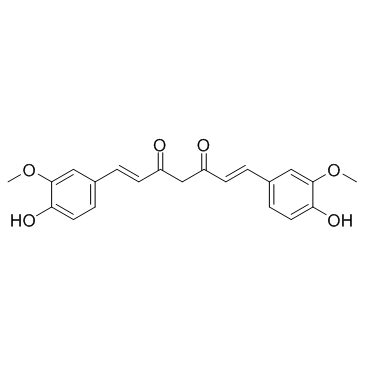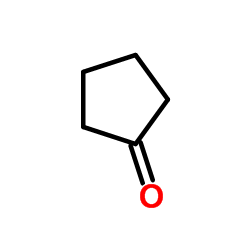| Structure | Name/CAS No. | Articles |
|---|---|---|
 |
Curcumin
CAS:458-37-7 |
|
 |
Cyclopentanone
CAS:120-92-3 |